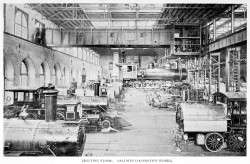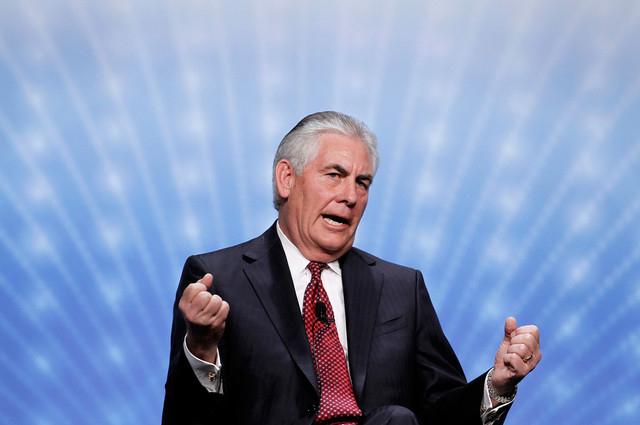Where did the first coal-burning locomotive make its trial run?
 February 19, 1831 — The first US coal-burning locomotive made its trial run today in Philadelphia.
February 19, 1831 — The first US coal-burning locomotive made its trial run today in Philadelphia.
Owned by the Baldwin Locomotive Works, the company was the largest producer of steam locomotives — a surprise to its founder, Matthias W. Baldwin (December 1795 -September 1866), a jeweller and whitesmith.
In 1825, he had formed a partnership with a machinist, and engaged in the manufacture of bookbinders’ tools and cylinders for calico printing. Baldwin then designed and constructed for his own use a small stationary engine, the workmanship of which was so excellent and its efficiency so great that he was solicited to build others like it for various parties, and thus led to turn his attention to steam engineering.
The original engine was in use and powered many departments of the works for well over 60 years, and is currently on display at the Smithsonian Institution in Washington, DC.
In 1831, at the request of the Philadelphia Museum, Baldwin built a miniature locomotive for exhibition which was such a success that he received that year an order from a railway company for a locomotive to run on a short line to the suburbs of Philadelphia.
Sources
Words of Wisdom
When coal came into the picture, it took about 50 or 60 years to displace timber. Then, crude oil was found, and it took 60, 70 years, and then natural gas. So it takes 100 years or more for some new breakthrough in energy to become the dominant source. Most people have difficulty coming to grips with the sheer enormity of energy consumption.





